
Recently Viewed


 Apuro Bar Blender with Sound Enclosure 2.5Ltr - DR825-A
Apuro Bar Blender with Sound Enclosure 2.5Ltr - DR825-A
253(W) x 548(H) x 236(D)mm


 Apuro Digital Bar Blender with Sound Enclosure 2.5Ltr - CY141-A
Apuro Digital Bar Blender with Sound Enclosure 2.5Ltr - CY141-A
240(W) x 547(H) x 306(D)mm

 Apuro Bar Blender 2.5Ltr - CR836-A
Apuro Bar Blender 2.5Ltr - CR836-A
253(W) x 535(H) x 236(D)mm


 Benchstar Pro Commercial Smoothies Blender KS-10000
Benchstar Pro Commercial Smoothies Blender KS-10000
342(W) x 230(D) x 517(H)mm


 Hamilton Beach Tempest Blender - BBT0650
Hamilton Beach Tempest Blender - BBT0650
178(W) x 457(H) x 203(D)mm
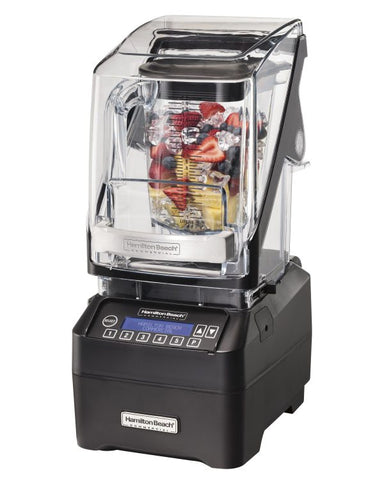

 Hamilton Beach Eclipse Blender - BBE0755
Hamilton Beach Eclipse Blender - BBE0755
210(W) x 470(H) x 290(D)mm

 Skymsen Titling Blender 25L - LQS0025
Skymsen Titling Blender 25L - LQS0025
1180(W) x 525(H) x 410(D)mm
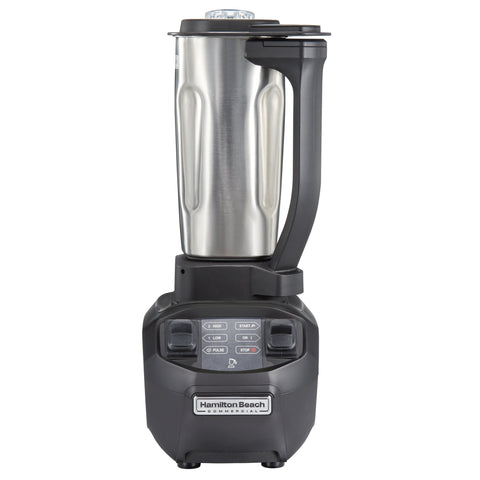

 Hamilton Beach Rio Blender Stainless Steel - BBN2255S
Hamilton Beach Rio Blender Stainless Steel - BBN2255S
216(W) x 430(H) x 190(D)mm
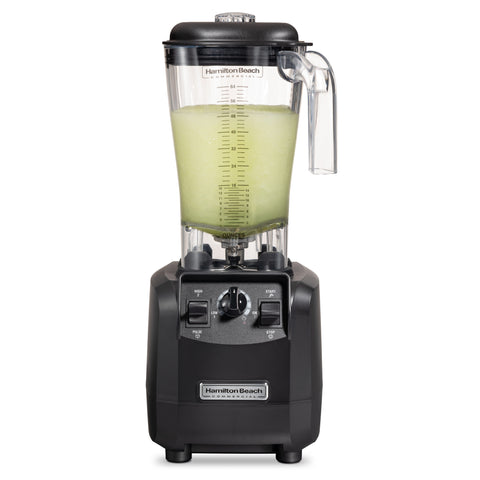

 Hamilton Beach Fury Blender - BBD0550
Hamilton Beach Fury Blender - BBD0550
178(W) x 457(H) x 203(D)mm
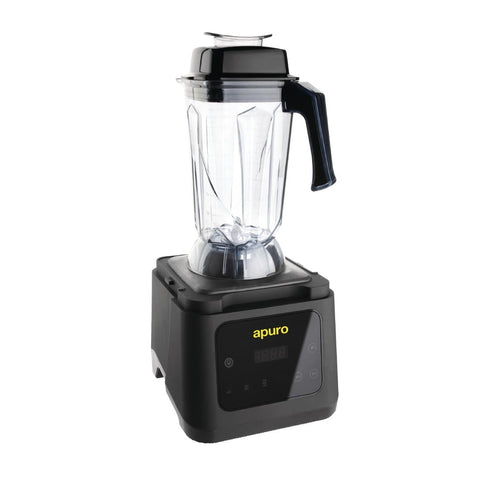

 Apuro Digital Bar Blender 2.5Ltr - CY140-A
Apuro Digital Bar Blender 2.5Ltr - CY140-A
240(W) x 535(H) x 306(D)mm

 Vitamix The Quiet One Bar Blender - The Quiet One
Vitamix The Quiet One Bar Blender - The Quiet One
216(W) x 457(H) x 272(D)mm


 Hamilton Beach Rio Bar Blender - BBN2255
Hamilton Beach Rio Bar Blender - BBN2255
216(W) x 410(H) x 190(D)mm
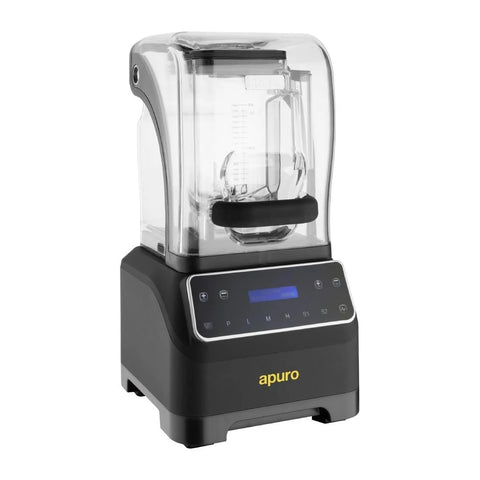

 Apuro Digital Silent Bar Blender 1.8Ltr - HX583-A
Apuro Digital Silent Bar Blender 1.8Ltr - HX583-A
246(W) x 487(H) x 271(D)mm

 Waring hi power electronic keypad blender MX1050XTXNNA - DU001
Waring hi power electronic keypad blender MX1050XTXNNA - DU001
263(W) x 394(H) x 289(D)mm

 Vitamix Drink Machine Two-Speed Bar Blender - Drink Machine 2-Speed
Vitamix Drink Machine Two-Speed Bar Blender - Drink Machine 2-Speed
191(W) x 445(H) x 222(D)mm

 Waring hi power electronic keypad blender MX1100XTXNNA - DU002
Waring hi power electronic keypad blender MX1100XTXNNA - DU002
267(W) x 400(H) x 289(D)mm

 Waring Torq 2 Bar Blender TBB175NNA - CP872
Waring Torq 2 Bar Blender TBB175NNA - CP872
292(W) x 397(H) x 229(D)mm


 Hamilton Beach HBH755R-AU Blender - 846950
Hamilton Beach HBH755R-AU Blender - 846950
210W x 285D x 470Hmm


 Hamilton Beach HBH755R-AU Blender - 846951
Hamilton Beach HBH755R-AU Blender - 846951
210W x 285D x 470Hmm


 Apuro DR825-A Blender - 859552
Apuro DR825-A Blender - 859552
230W x 290D x 560Hmm

 Apuro DR825-A Blender - 859551
Apuro DR825-A Blender - 859551
230W x 290D x 560Hmm
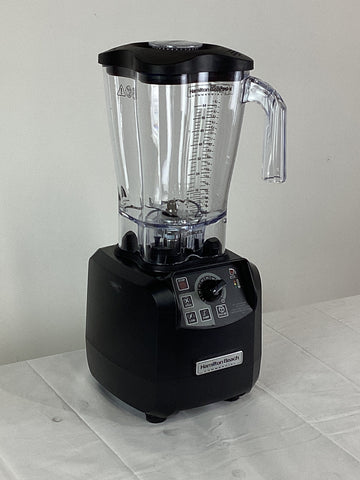

 Hamilton Beach HBH650-AU Blender - 797276
Hamilton Beach HBH650-AU Blender - 797276
170W x 200D x 455Hmm


210W x 210D x 435Hmm
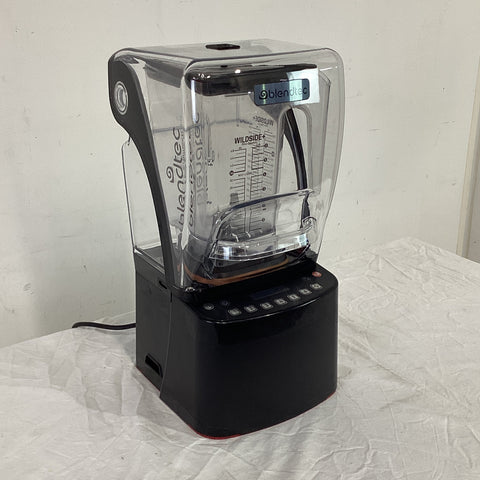

210W x 210D x 435Hmm


210W x 210D x 435Hmm


210W x 220D x 435Hmm


 Vitamix VM0149D Blender - 831421
Vitamix VM0149D Blender - 831421
215W x 295D x 460Hmm


220W x 220D x 440Hmm


 Vitamix VM0149 Blender - 884430
Vitamix VM0149 Blender - 884430
215W x 295D x 460Hmm


 Hamilton Beach HBH850-AU Blender - 821305
Hamilton Beach HBH850-AU Blender - 821305
275W x 300D x 480Hmm


 Apuro DR825-A-02 Blender - 830530
Apuro DR825-A-02 Blender - 830530
230W x 290D x 560Hmm


 Apuro DR825-A-02 Blender - 830531
Apuro DR825-A-02 Blender - 830531
230W x 290D x 560Hmm


 Vitamix VM0149 Blender - 775607
Vitamix VM0149 Blender - 775607
215W x 280D x 460Hmm


 Vitamix VM0127 Blender - 841940
Vitamix VM0127 Blender - 841940
190W x 230D x 460Hmm


200W x 190D x 470Hmm


 Hamilton Beach HBB255-AU Blender - 825169
Hamilton Beach HBB255-AU Blender - 825169
170W x 200D x 420Hmm


220W x 235D x 520Hmm


 Sammic TB-2000 Blender - 756775
Sammic TB-2000 Blender - 756775
190W x 220D x 485Hmm


 Hamilton Beach HBF600-AU Blender - 865499
Hamilton Beach HBF600-AU Blender - 865499
190W x 200D x 460Hmm


 Robot Coupe MP 550 Ultra Stick Blender - 814922
Robot Coupe MP 550 Ultra Stick Blender - 814922
170W x 110D x 920Hmm


 Robot Coupe MP450 Combi Ultra Stick Blender - 845944
Robot Coupe MP450 Combi Ultra Stick Blender - 845944
177W x 125D x 841Hmm


 Sammic XM-52 Stick Blender - 825219
Sammic XM-52 Stick Blender - 825219
110W x 110D x 870Hmm
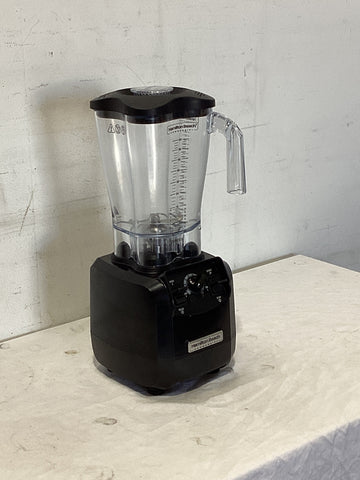

 Hamilton Beach HBH550-AU Blender - 824902
Hamilton Beach HBH550-AU Blender - 824902
180W x 200D x 470Hmm


 Vitamix VM0149 Blender - 831520
Vitamix VM0149 Blender - 831520
215W x 295D x 460Hmm
215W x 460D x 295Hmm


 Vitamix Vita-Prep 3 Bar Blender - Vita-Prep 3
Vitamix Vita-Prep 3 Bar Blender - Vita-Prep 3
191(W) x 508(H) x 222(D)mm

 Vitamix Drink Machine Two-Speed Bar Blender - Drink Machine 2-Speed
Vitamix Drink Machine Two-Speed Bar Blender - Drink Machine 2-Speed


 Hamilton Beach HBH550-AU Fury Blender - 874719
Hamilton Beach HBH550-AU Fury Blender - 874719
180W x 200D x 470Hmm
180W x 470D x 200Hmm


 Hamilton Beach HBH550-AU Fury Blender - 874718
Hamilton Beach HBH550-AU Fury Blender - 874718
180W x 200D x 470Hmm
180W x 470D x 200Hmm


 Hamilton Beach HBH550-AU Fury Blender - 874717
Hamilton Beach HBH550-AU Fury Blender - 874717
180W x 200D x 470Hmm
180W x 470D x 200Hmm


210W x 210D x 435Hmm
210W x 435D x 210Hmm


220W x 235D x 520Hmm
220W x 520D x 235Hmm


 Hamilton Beach HBH755R-AU Blender - 857028
Hamilton Beach HBH755R-AU Blender - 857028
220W x 280D x 475Hmm
220W x 475D x 280Hmm
Whether you’re whipping up smoothies or cocktails at your bar, you’ll want a high-quality commercial bar blender to get the job done properly! Designed to deliver smooth, even results with models that can be used for everything from chunky fruits and vegetables mixed with ice to options that are ideal for whipping up the perfect frozen margaritas and daiquiris.
We have everything you need to serve your customers the coffees and beverages they’re looking for, including heavy-duty cocktail blenders. Explore the range at Restaurant Equipment Online now and find the bar blender you need to transform the way you serve drinks today. With reliable, nationwide shipping, it’s easy to get everything you need for your establishment with comprehensive delivery options available no matter where you’re located.
Commercial bar blenders are designed for much heavier use than household models. Depending on the model you choose, they also often have a greater capacity, with some models holding up to 2.5 litres of liquid.
They come with more powerful motors and are made from more resilient materials with bigger blending blades, capable of emulsifying sauces and giving smooth, even results for cocktails and smoothies. They’ll also last longer than your standard household model would, making them a better choice for bars and restaurants.
Choosing the right bar blender for your establishment will depend on a few different factors. The first thing you’ll need to consider is what you want to make with your blender and in what sort of quantity. There are numerous varieties of blenders, some of which are specially designed for food like soups and sauces, while others are made more for drinks to blend ice, fruit, and liquor to create smoothies or cocktails.
Check the specifications of the bar blender you’re looking at and see if it comes with the functionality you’re looking for - if you’re looking to prepare cocktails in particular, look for one that can blend ice easily. Then, consider the capacity it has. Most in our range are around 2 or 2.5 litres, while others are extra large models that can be anywhere from 5.6 litres and above. If you don’t have a lot of space or only use a blender a few times throughout the shift, a moderate-sized blender may be perfectly adequate.
Power is another factor to look at when choosing a cocktail-making bar blender. Ice and frozen fruit require higher wattage and greater RPM to give you even results, so check for cocktail-making settings or consider models with 1500 - 2200 Watts of power to ensure you’re getting something capable of blending the way you need it to.
Finally, if you’re concerned about the noise level that bar blenders often generate, we recommend looking at models with quiet technology. This makes it far easier to whip up a range of cocktails in your bar, pub or restaurant, all without making as much noise while your customers are waiting for their drinks.
All of the bar blenders in our collection are high-powered and resilient, though some are especially well-suited to blend tougher ingredients like ice and frozen fruit. We recommend looking at brands like Hamilton Beach, Benchstar and Vitamix.
Our range of bar blenders are designed to be larger than conventional blenders, with greater power output and more built-in functionality, with pre-set options. They make bulk-preparation easy, and can be used again and again in the same shift without wearing out or overheating.
Yes, you can also get options suitable for preparing food items like smoothies, soups and sauces. Many models come with innovative quiet technology, allowing for smooth drinks made without as much disruptive noise. These are ideal for front-of-house drink preparation without disturbing the ambiance or your clientele.